If, like us, you’re itching to get some miles under the wheels of your new electric car, the promise of a British summertime, the open road and some quality electric motoring will be hard to resist.
If you’re new to the world of electric cars, or have simply forgotten what it’s like to venture further than your local supermarket, we’ve compiled a simple guide to getting the most out your electric car. If you’re planning a long journey either as part of an electric road trip or to a far-flung destination, it’s worth reminding yourself of some of the tips and tricks to make life on the road as simple and hassle-free as possible.
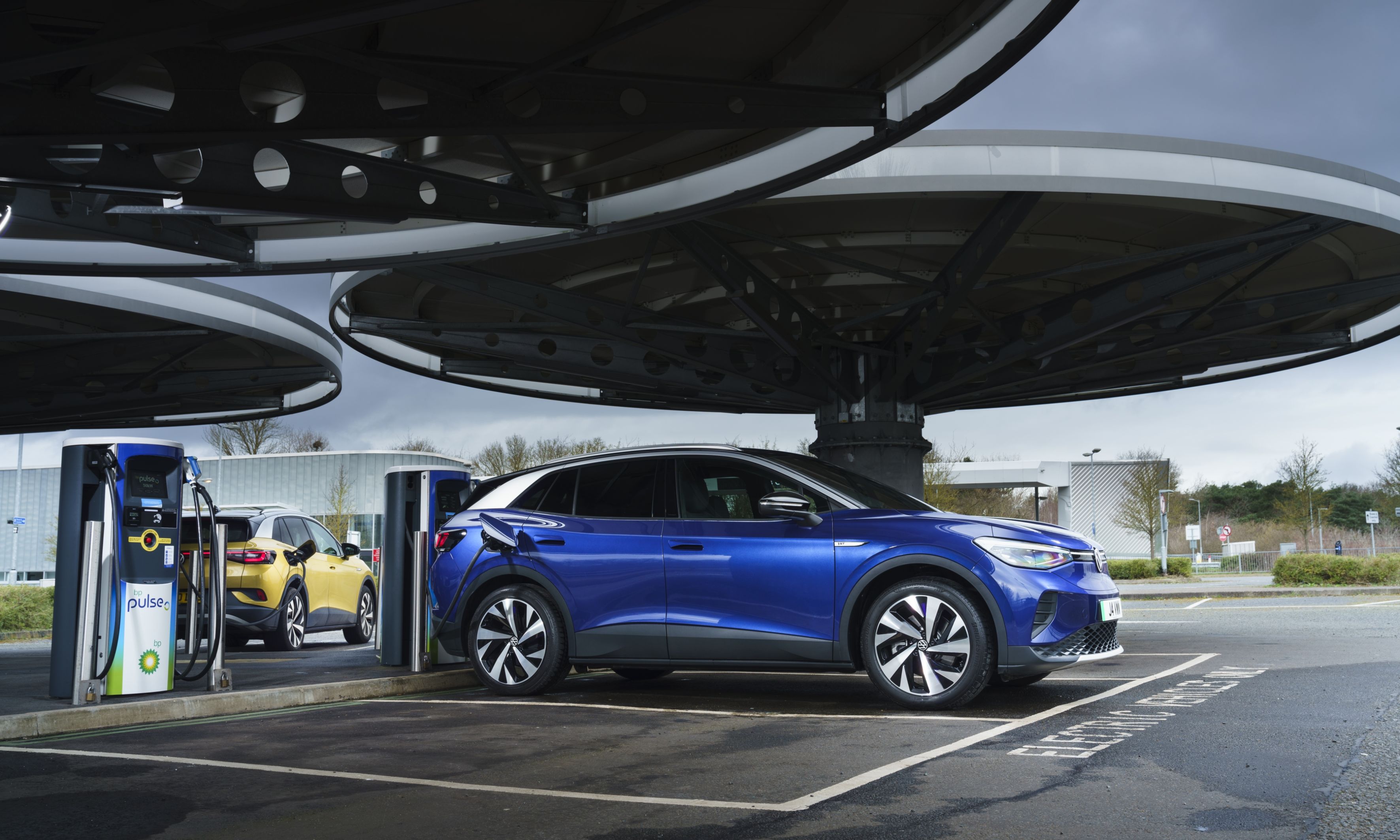.jpeg)
Plan ahead
Okay, we get it. Planning is hardly the subject we want to be thinking about when all we can visualise about our holiday is the taste of the ice cream or the sound of the waves lapping against the beach. Obviously, we love electric cars here at electrifying.com, but there’s no getting around the fact that running one – especially over a long distance – does require a little more thought and planning than it might with a petrol or diesel car.
10 years ago, a long holiday journey in an electric car was the kind of thing that might have made the front page of the local newspaper. Rapid chargers were more of an idea than a reality and even if you did manage to find one, car charging speeds were pretty slow. Fast forward to 2023 and the public rapid charging network has been transformed beyond recognition with the public charging infrastructure offering drivers easy access to rapid charging via more than 10,000 connections in the UK. What’s more, car ranges have increased hugely from just over 60 miles to 400 plus for the newest models.
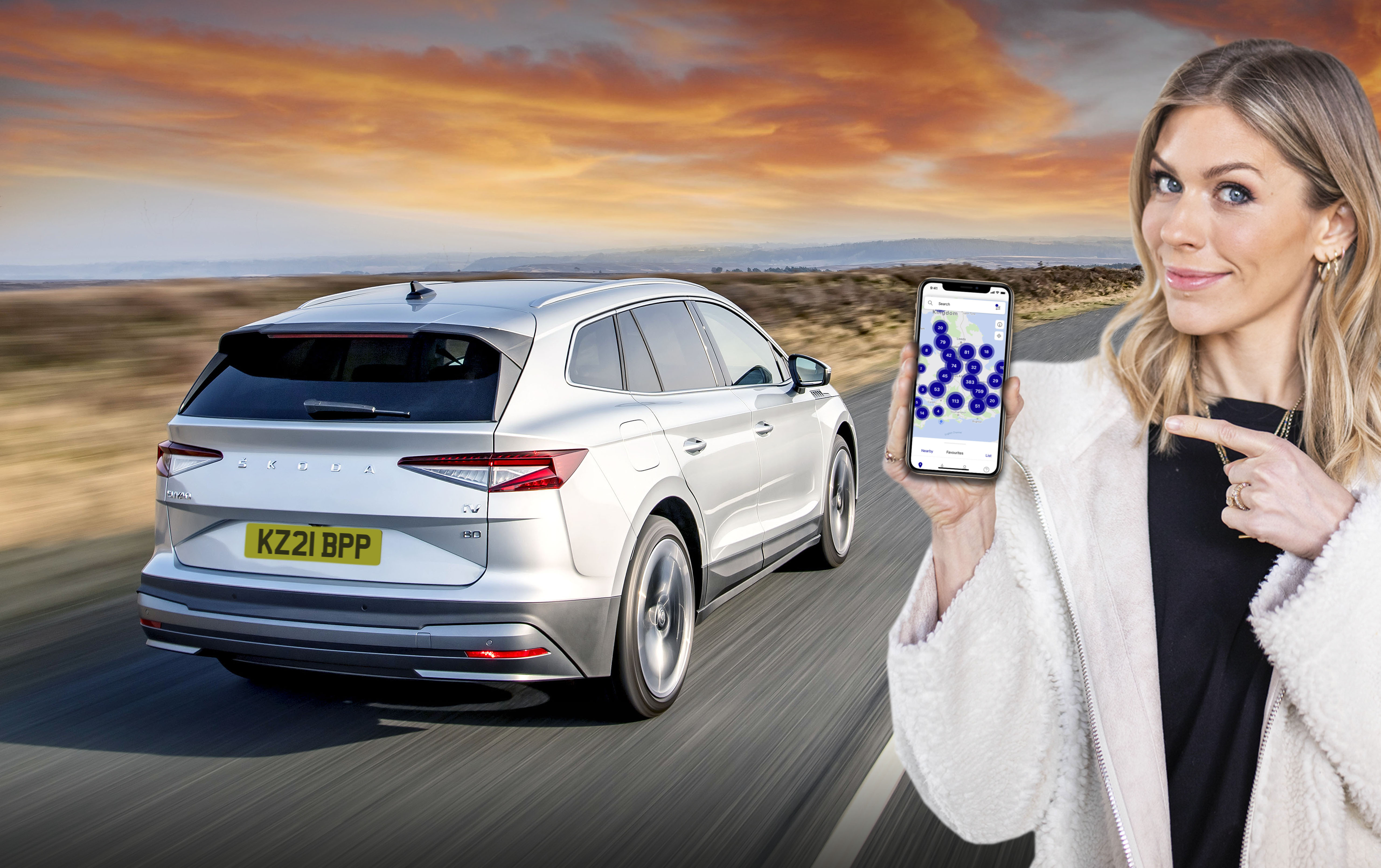
Appy days
While the UK’s electric car charge infrastructure has improved immeasurably over the last decade, it still pays to plan. And we’re not talking about what sandwich filling you want in your packed lunch or who’s in charge of the Spotify playlist. If you need to recharge en-route, it’s good to have an idea of when and where you’ll need to stop. We’d recommend downloading a smartphone app such as Zap-Map, PlugShare, or WattsUp. These use live network data to show you where charge points are, how much they cost to use and even if someone is using it! Most also have a navigation function, so you can choose your charger and let the app guide you there. These apps aggregate live info from the major networks and give an overall picture of what is available. If you prefer to stick with a specific network, most brands, including bp pulse, have their own apps and live maps with even more detailed information about locations.
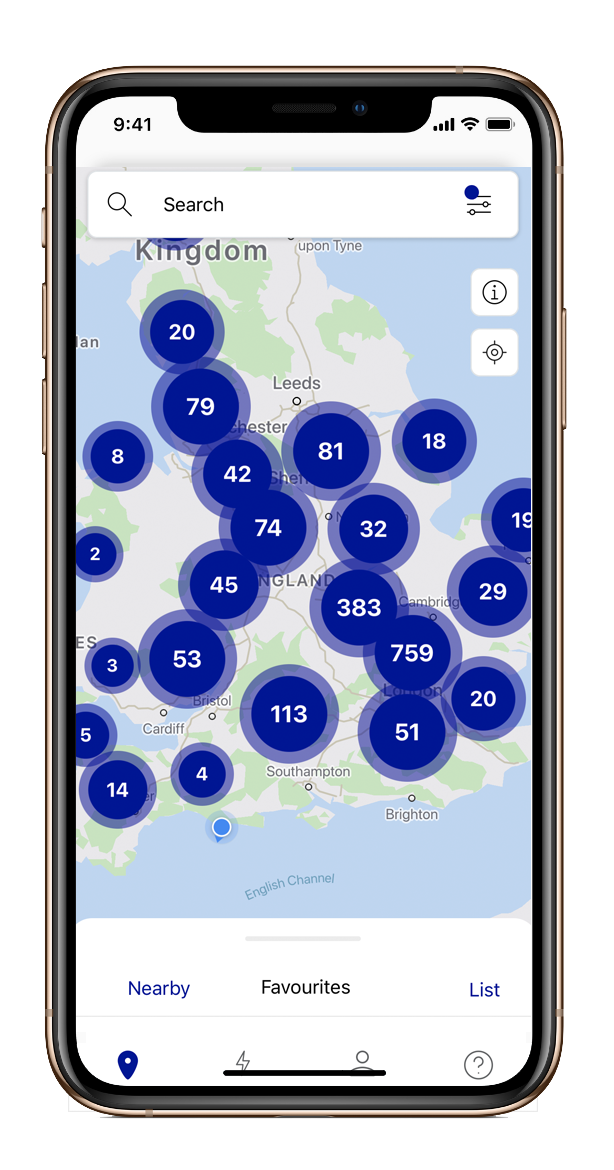
Give yourself a break
When planning your route, it’s always a good idea to have a couple of alternative chargers should the one you choose be busy. Make sure you factor in enough range to get to another charge point rather than turning up with 1% charge left in your battery. It’s better (and far less stressful) to arrive at a charge point with 10-20% charge left and top up to 80% while you’re taking a break. Combine a charge stop with a food break and your car will likely be charged by the time you’re finished.
Another tip for mid-journey recharges is to look for venues that have more than one charger. For example, service stations and other hubs will often have two or more units, and offer hassle-free contactless payment. You can also get lower prices by subscribing to some apps such as Bonnet, or those offered by car makers. By choosing a ‘double header’, there’s more chance of being able to turn up and plug in at busier locations.
The (A) road less travelled
Route planning apps such as Google Maps and Waze are brilliant for working out how far your destination is and how long it will take you to get there. However, most will try to take you via motorways because the algorithm will always assume that 70mph roads will get you to your destination quicker. If you’re driving an EV, it’s worth checking if there’s a more direct route on A or B roads (most apps will give you a few alternatives). Electric cars use more power at motorway speeds than they do at 60mph, so if you can take A-roads and shave 20 miles off your journey, you’ll get a double benefit. It might take you 15 minutes longer by avoiding the motorway, but it could be the difference between being able to reach your destination or having to stop again. Plus, if you opt for A-roads, you’ll be closer to a bigger number of rapid charger locations. So we’ll call that a triple win for the A-road.
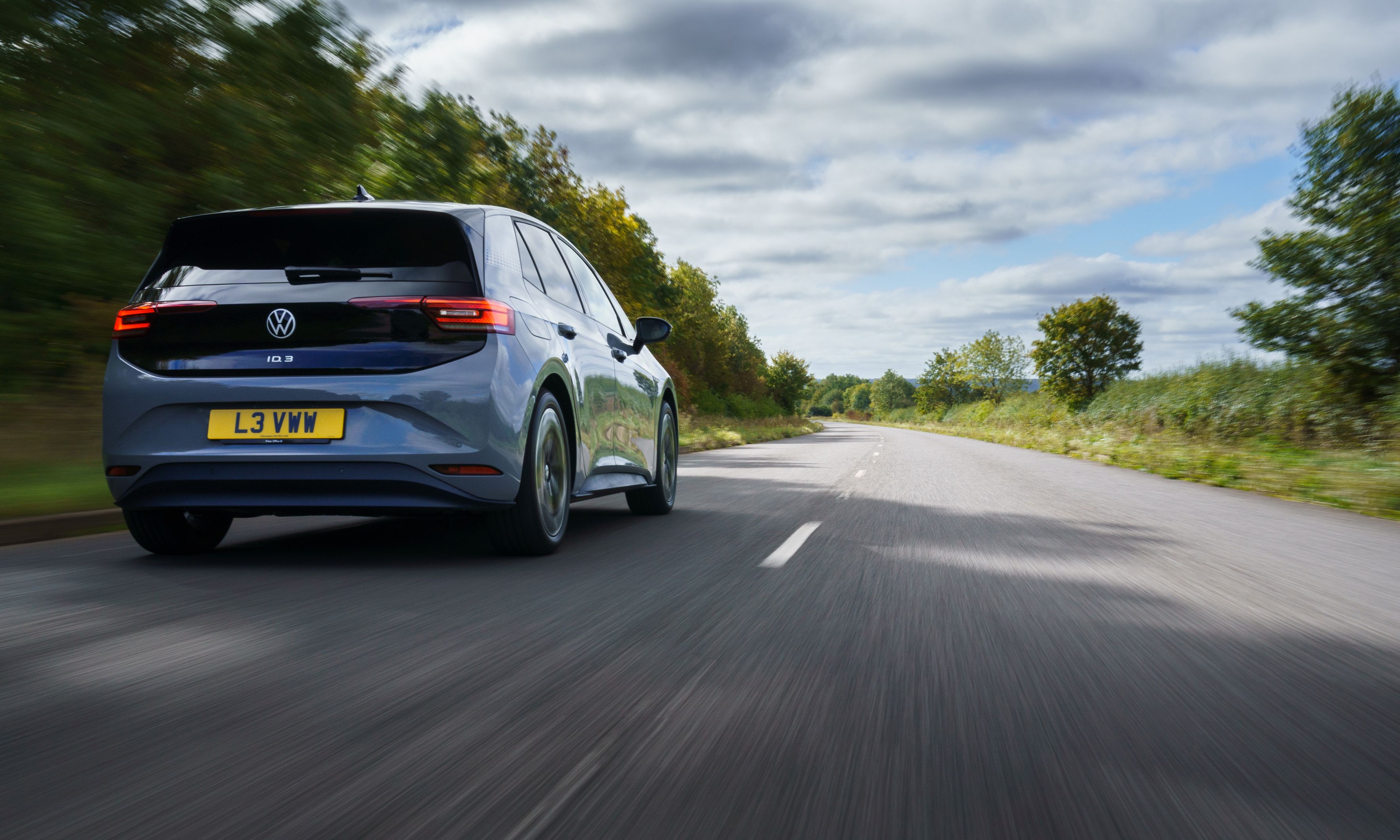.jpeg)
Find an EV-friendly destination
Okay, we’ve looked at the journey, what about the destination? As electric car ownership expands, venues and destinations across the country are making moves to attract visitors with on-site charging. Holiday Inn, Center Parcs and other hotel chains are rolling out charging stations for guests, meaning that car owners can either get a quick charge en-route or a slow charge overnight.
Finding an EV-friendly hotel is, thankfully, a lot easier than it was. If you use an online booking service such as booking.com, kayak.com or laterooms.com you can choose electric car charging as a required facility when you make a search. That said, it’s always worth double-checking with the venue before you travel as the facilities can vary from a new DC rapid charger to a three-pin plug on an extension cord from the kitchens.
A number of self-catering booking sites also offer the option of filtering for electric car charge points. As most guests will be staying for more than one night, this only needs to be a low-powered 3kW connection - which are the most cost effective for hosts to install. If you find that the venue only has a domestic three-pin plug, you must check with the host that it has been wired for that purpose and is safe to use.
If your destination is an attraction rather than a place to stay, you can often find a place to charge while you’re at the venue. Check with either the venue or one of the charging apps to find the location of the points as these can often be hidden away from the usual public car parks. Whether you’re into motoring history (Beaulieu Motor Museum in Hampshire has four charge points) or animals (you’ll find eight connectors at Chester Zoo) the number of attractions with charging facilities is growing all the time.
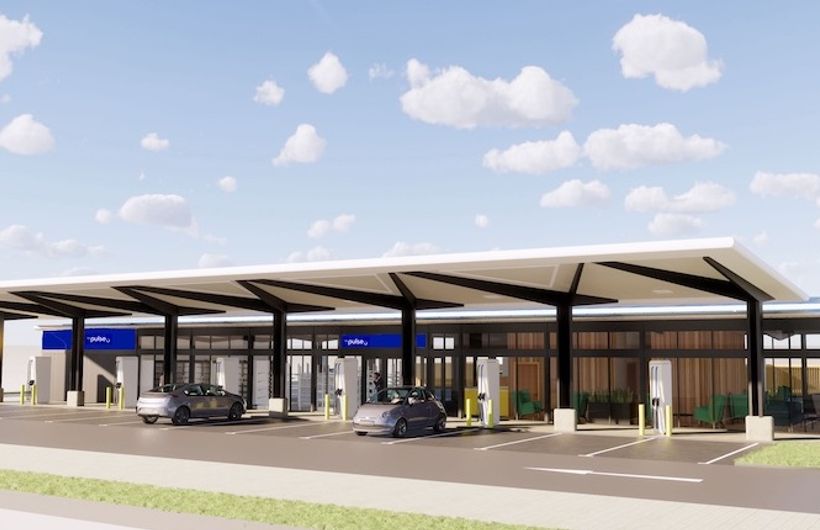
So there you have it - a complete guide to holiday driving in your electric car. All you need to do is choose your location and enjoy. If you want to go further afield, check out our guides to driving abroad.











